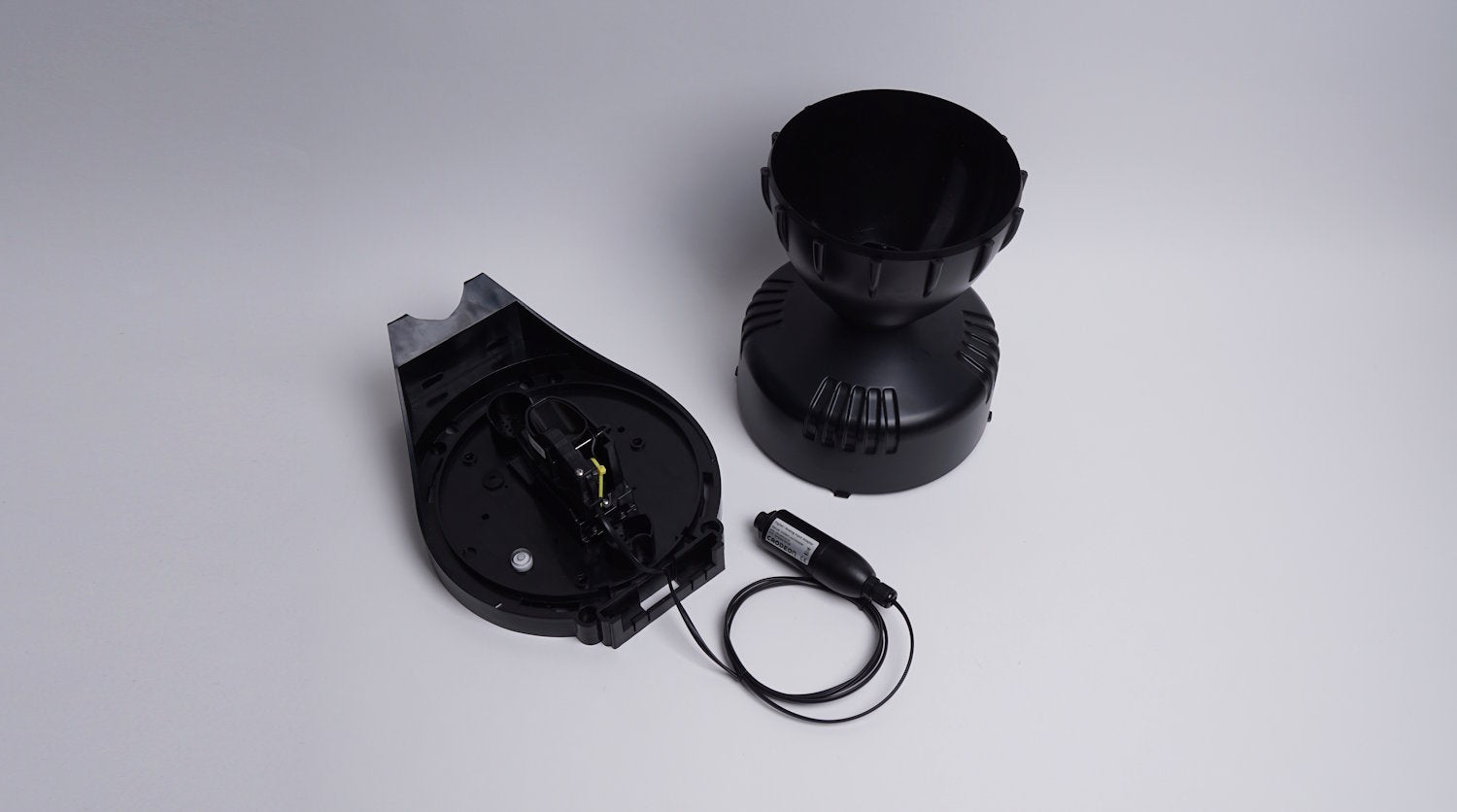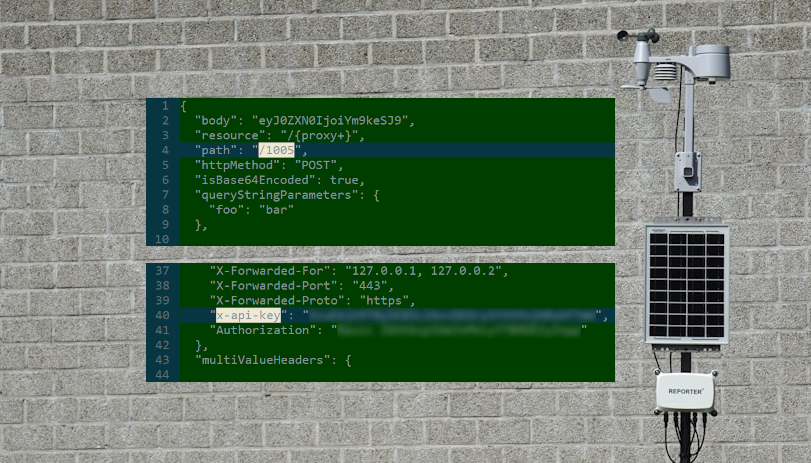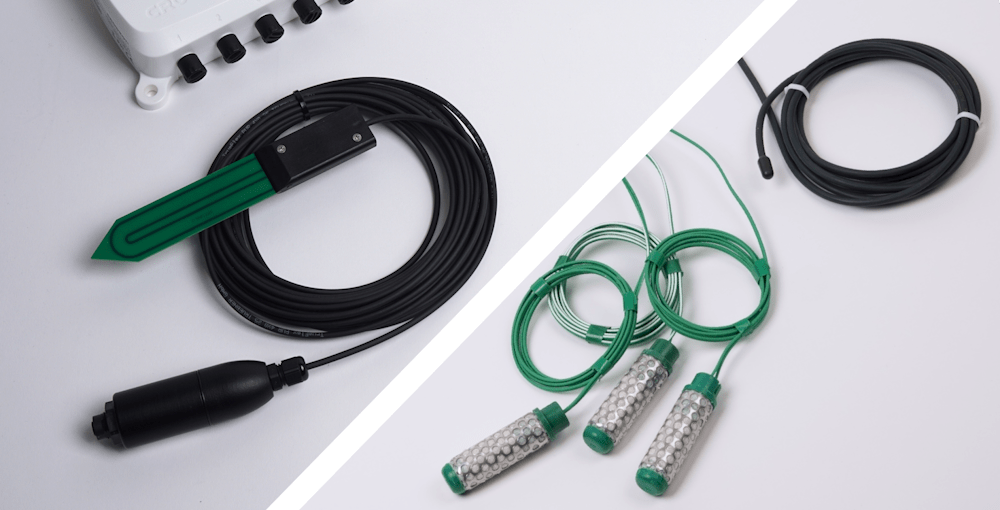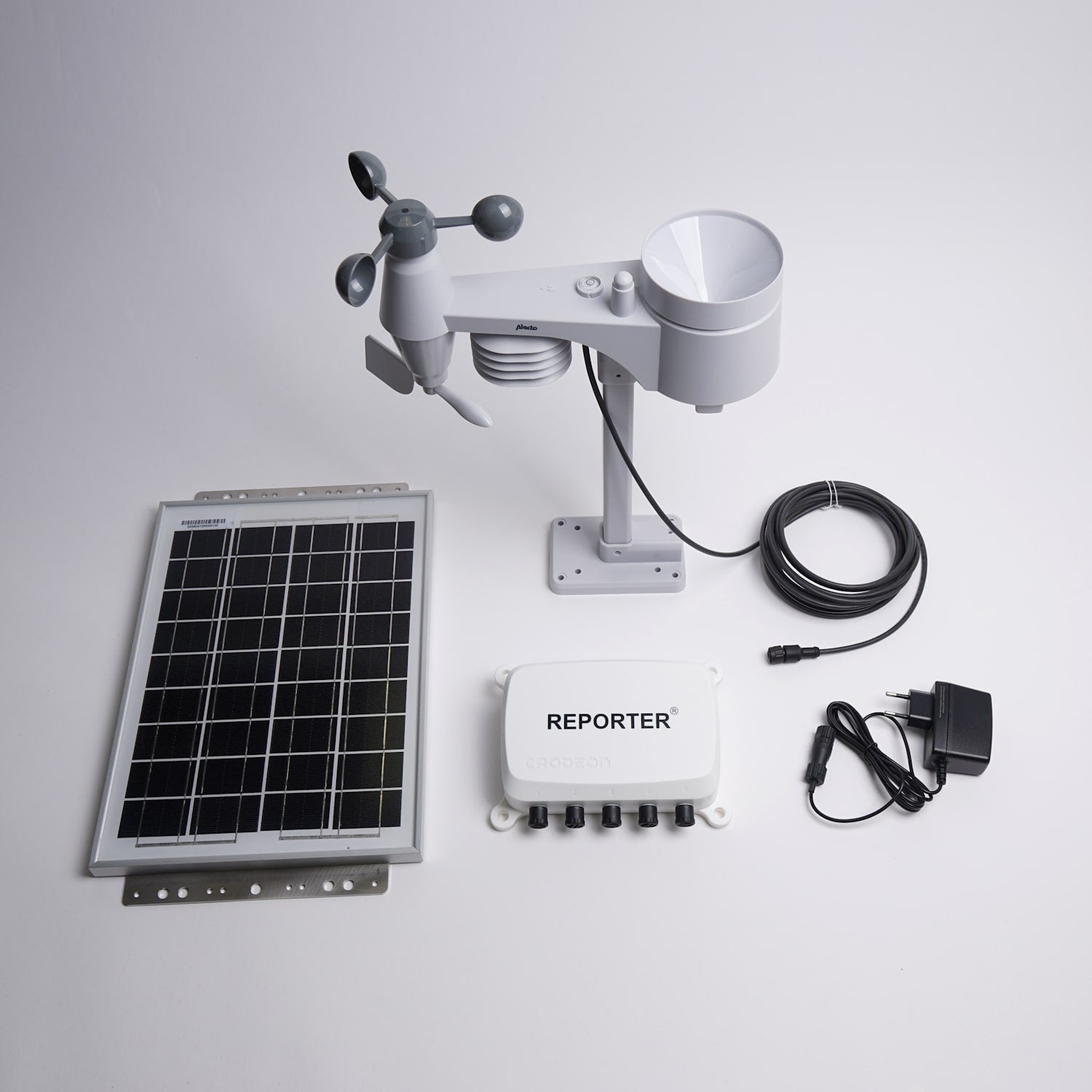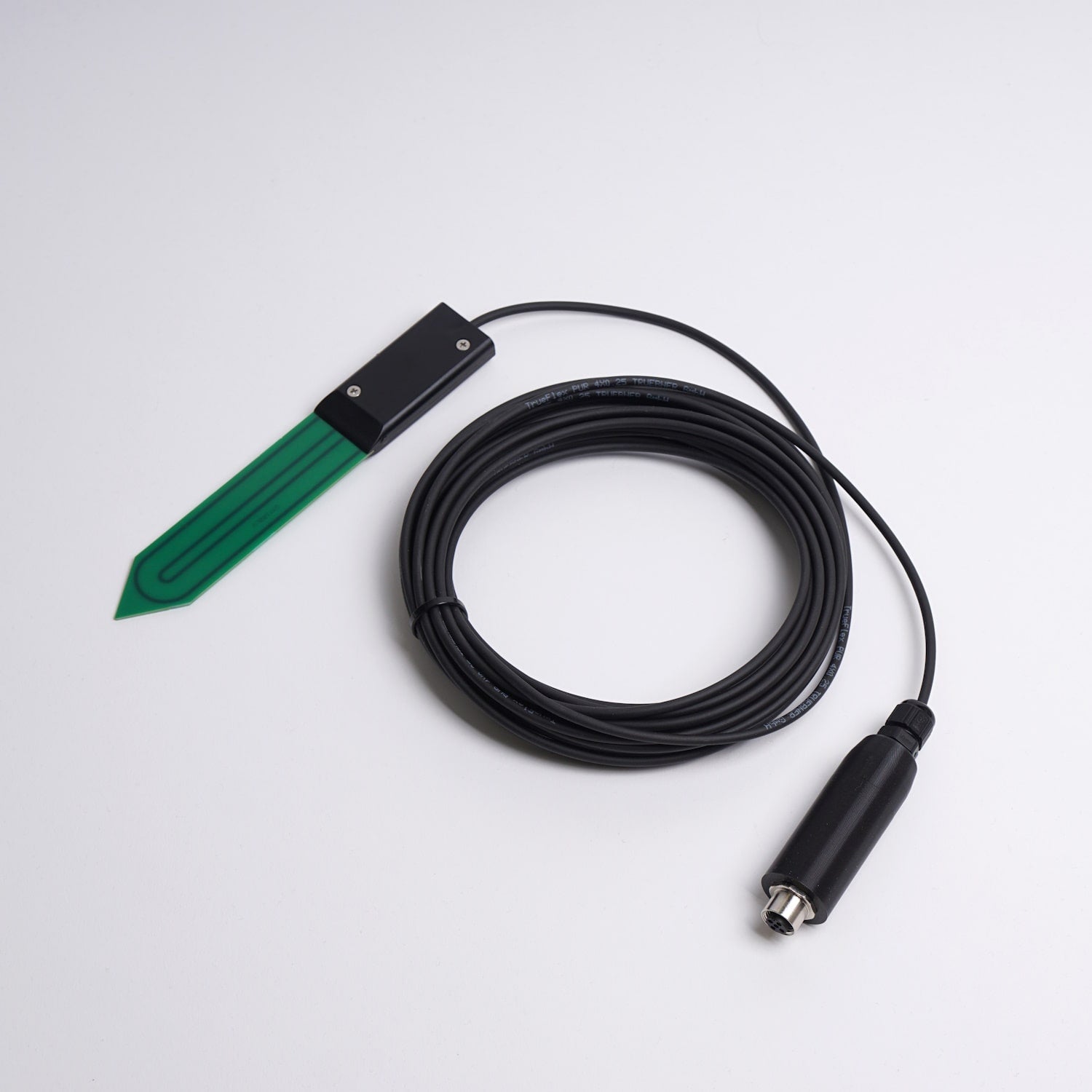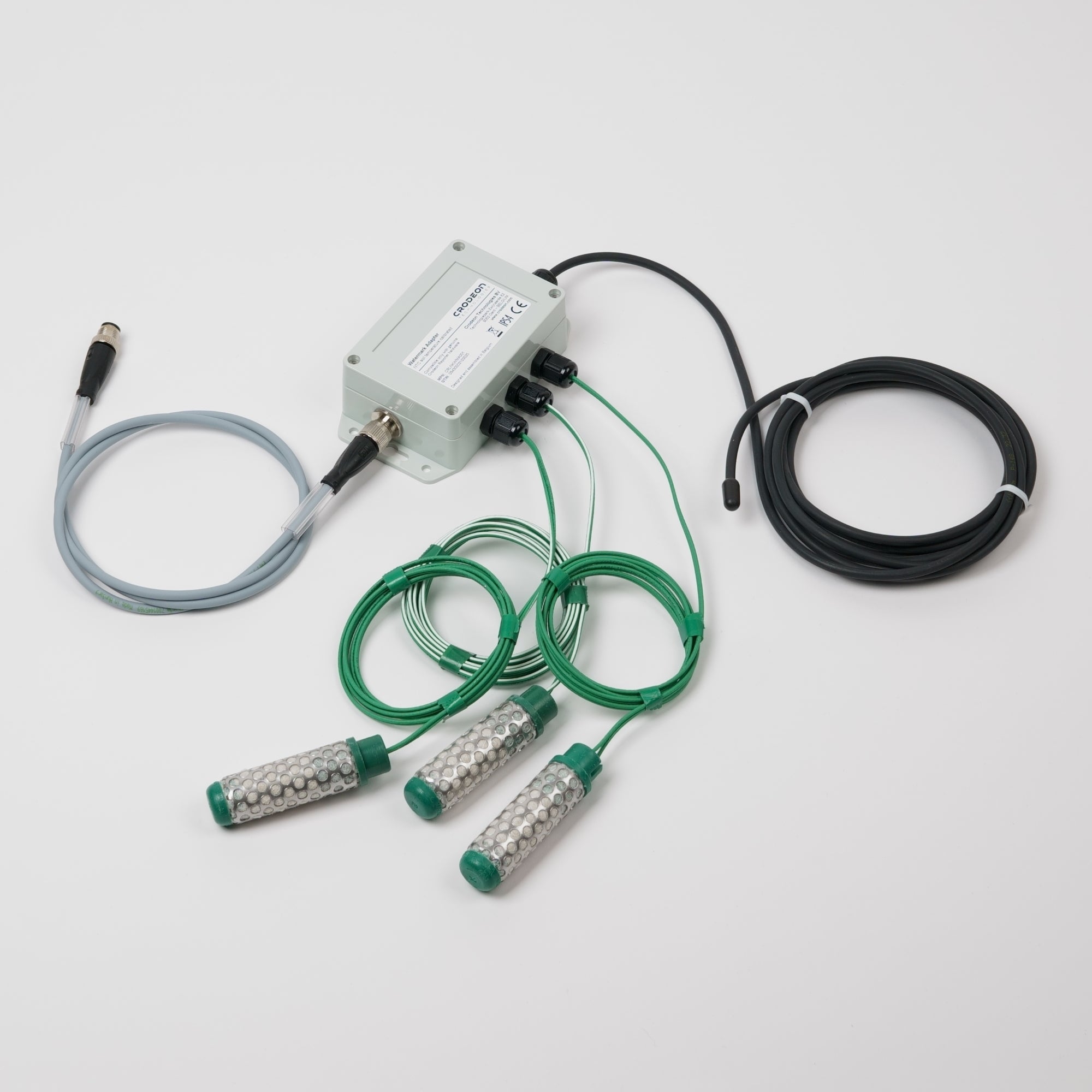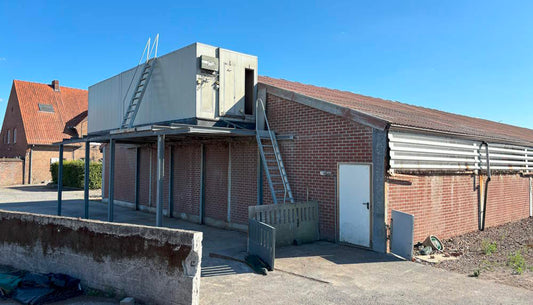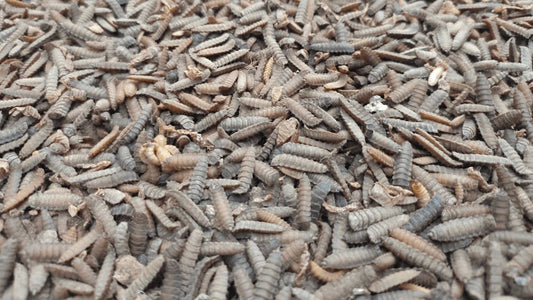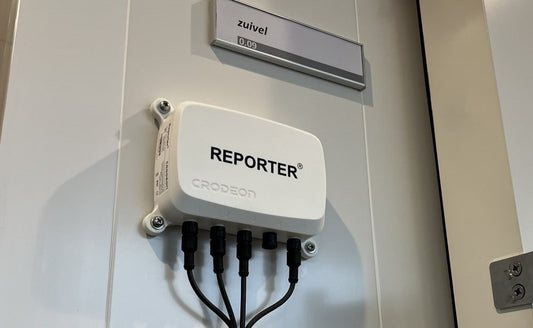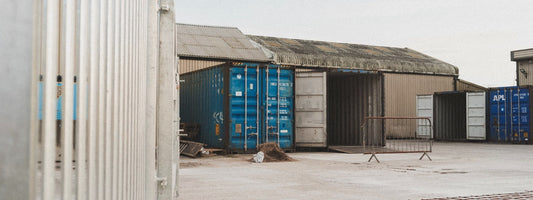Culture durable des myrtilles : étude de cas
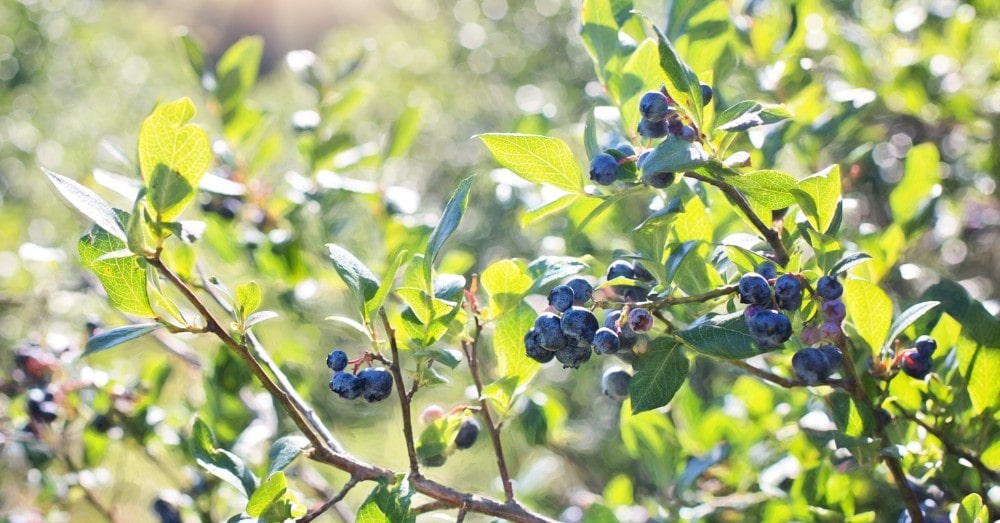
La culture des myrtilles nécessite une irrigation régulière pour transformer le fruit en une belle baie juteuse. Mais bien sûr, l’irrigation doit être utilisée intelligemment.
Les cerveaux de pcfruit vzw et de la Proefstation voor de Groenteteelt se sont réunis dans le cadre du projet Interreg « Smart Growers ». Leur mission : économiser encore plus d’eau lors de la récolte des myrtilles.
Découvrez les résultats de ce projet de recherche révolutionnaire dans cet article !
Pourquoi l'eau est cruciale pour les myrtilles
Les myrtilles sont composées à 85 % d'eau (guide de culture pour la culture des myrtilles). Cela signifie que même les courtes périodes de sécheresse sont désastreuses pour la récolte des myrtilles. Le fruit cesse de croître et le producteur reçoit un prix beaucoup plus bas pour les petites baies.
Arrosage des myrtilles : une irrigation de précision
Lorsqu’il pleut et que le sol est déjà saturé d’eau de pluie, une irrigation supplémentaire n’est pas nécessaire. Les capteurs d’eau dans le sol mesurent l’humidité du sol et aident à diriger l’irrigation.
Lorsque les précipitations naturelles sont insuffisantes, les baies poussent mieux si les buissons reçoivent une irrigation de précision : des gouttes d'eau vont directement dans la zone racinaire relativement petite. La quantité d'eau circulant à travers cette irrigation est réglable.
Un sol acide pour un buisson sain
Les myrtilles sont des plantes acidophiles, tout comme de nombreuses autres plantes de la famille des Éricacées. Cela signifie qu’en plus d’un sol acide, elles désirent également de l’eau acide : l’eau de pluie, par exemple. Pratique, puisque l’eau de pluie permet en même temps d’économiser l’eau du robinet !

La culture durable des myrtilles porte ses fruits
Smart Growers a testé l’irrigation avec un modèle de bilan hydrique. L'« équilibre » au cœur de ce modèle est celui entre l'eau qui sort chaque jour de la zone racinaire de la plante (évaporation) et l'eau qui y rentre (pluie et irrigation). Cet équilibre est maintenu en irriguant exactement la quantité d’eau nécessaire. Cela garantit que le sol dans la zone racinaire ne devient pas plus sec que le dessèchement maximum tolérable.
Une quantité d’eau aussi minime est-elle vraiment nécessaire pour une récolte parfaite ? Même pour les plantes sensibles à la sécheresse comme les myrtilles ? La réponse était oui !
Lorsqu’un producteur de myrtilles utilise le modèle du bilan hydrique en combinaison avec une irrigation intelligente, sa propre station météorologique et son système de surveillance, il peut économiser beaucoup d’eau. Et c'est très précieux en ces temps de pénurie.
Économiser l'eau lors de l'arrosage des myrtilles est une autre étape vers une agriculture connectée.

Comme le montre la photo ci-dessus, les myrtilles ont une zone racinaire petite et plutôt peu profonde. L’irrigation de précision est donc très précieuse.
L’agriculture connectée automatise et innove
Le but de ce projet était de faire en sorte qu'un logiciel calcule le débit d'arrosage par jour et le communique automatiquement au système d'irrigation des myrtilles.
Pour appliquer l’irrigation avec un modèle de bilan hydrique, un certain nombre de choses devaient être mesurées. Par exemple, il a fallu calculer l’évaporation quotidienne de l’eau de la veille et mesurer les précipitations (via les données d’une station météorologique locale et d’un radiomètre). Cette évaporation est calculée en fonction du vent, de la température, de l'humidité relative et du rayonnement.
Grâce à cela, le programme du bilan hydrique de la Proefstation a calculé la quantité d'eau supplémentaire à ajouter le lendemain. Le logiciel de Diagro a ensuite récupéré ce nombre calculé via l'API du programme du bilan hydrique. Grâce à notre module de sortie relais, le programme a ensuite pu ouvrir ou fermer automatiquement la vanne d'irrigation pour administrer cette quantité d'eau. La quantité d’eau effectivement administrée a été mesurée par un compteur d’eau sur Reporter. Le logiciel de Diagro a relayé cette valeur en fin de journée via API au programme du bilan hydrique. Ensuite, le taux d'arrosage du lendemain pourrait à nouveau être calculé pour l'arrosage des myrtilles.
Tous les modèles d’irrigation sont sujets à des erreurs qui peuvent s’accumuler, ce qui fait que les conditions d’humidité du sol modélisées dans la zone racinaire ne reflètent plus la réalité. Il est donc important de continuer à mesurer les conditions réelles d’humidité du sol et de calibrer le modèle lorsqu’il s’écarte trop de la réalité. À cet effet, les différents capteurs d'humidité du sol ont été abordés.
Une culture des myrtilles avec deux fois moins de consommation d'eau !
Il s’est avéré que plus d’eau était ajoutée chaque jour que ce qui s’était évaporé. Chaque jour, l'eau d'irrigation précieuse était emportée, inutilisée, dans le sol plus profond. La pluie ne pouvait pas être absorbée par la zone racinaire car elle était continuellement saturée d’eau. Cela laissait place à l’amélioration et au gain d’eau. En conséquence, en utilisant le modèle du bilan hydrique, ils ont cultivé le même nombre de kilogrammes par plante de baies tout aussi grosses, sucrées et juteuses à la moitié du débit d’arrosage par rapport au groupe témoin.
Dans le tableau ci-dessous, vous pouvez voir la comparaison entre le groupe témoin (bleu) et les buissons arrosés selon le modèle du bilan hydrique (orange). Il apparaît clairement que les deux groupes se comportent aussi bien l'un que l'autre.

Il est donc parfaitement possible d'arroser les myrtilles de manière intelligente et durable !
Le durable ne doit pas nécessairement être cher
Avant que pcfruit ne nous contacte pour ce projet, ils avaient déjà présenté le dossier à plusieurs autres sociétés. La surveillance à distance avec tous ces différents capteurs semblait être un véritable défi. « Difficile », « chère », « encombrante » et « compliquée à personnaliser », leur a-t-on répondu. Mais tous ces commentaires étaient totalement injustifiés.
« Les possibilités de surveillance et de contrôle automatique des appareils via les services publics font de Reporter un outil pratique pour le contrôle de l'irrigation, aussi bien pour les chercheurs que pour les producteurs. »
- Bart Vanhoutte, pcfruit
Reporter est une solution simple et polyvalente lorsque vous souhaitez combiner différents capteurs au sein d'un projet. Le système simple plug-and-play vous permet de créer votre propre module de capteurs à un prix abordable.

Une collaboration colorée pour les myrtilles
Cette recherche sur la récolte des myrtilles fait partie du projet Smart Growers, financé dans le cadre du programme Interreg V Flandre-Pays-Bas, le programme de coopération transfrontalière avec le soutien financier du Fonds européen de développement régional, de VLAIO et des provinces du Limbourg, d'Anvers et de Flandre orientale. Ce Fonds européen soutient les développements interrégionaux, comme l'agriculture connectée ici.
L'essai a été mené par le Proefcentrum Fruitteelt en collaboration avec la Proefstation voor de Groenteteelt. Le modèle de bilan hydrique a été développé par la Proefstation (anciennement PSKW). Ils ont minutieusement étudié l'irrigation, la quantité d'eau donnée par jour à une rangée d'arbustes pour faire pousser des myrtilles. Après avoir trouvé les bonnes quantités, ils ont construit le modèle du bilan hydrique.
Le logiciel utilisé pour mettre en œuvre ce projet a été écrit par notre partenaire Diagro, et le matériel était bien sûr notre propre Reporter avec une variété de capteurs.
En bref, cette collaboration haute en couleur a permis des progrès rapides dans la recherche sur l’irrigation.

Sources:
pcfruit, avec un merci tout particulier à Bart Vanhoutte.

